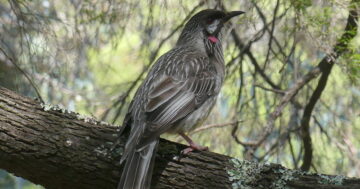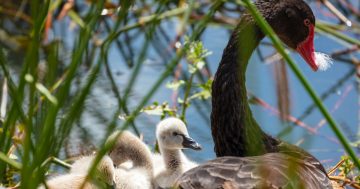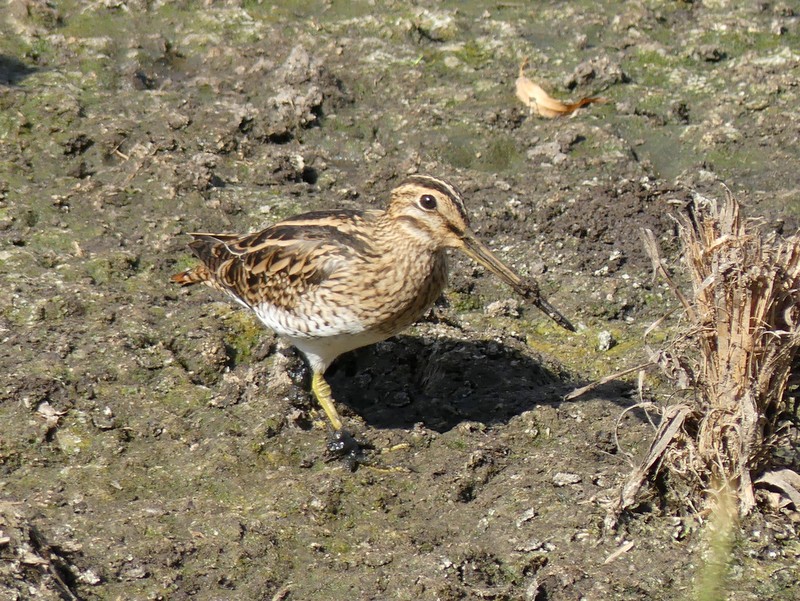
Latham’s Snipe travels immense distances to arrive in Australia for the summer. Photo: Ian Fraser.
A lot of money is expended every year in persuading overseas visitors to come to Canberra, but one group of visitors flies here every single year and spends the entire summer.
Unfortunately for the tourism industry that’s all they spend – not a cent enters the economy. However they bring an excellent story and most of them are the subject of special international treaties.
Each spring, millions of wading shorebirds leave their breeding grounds in the open tundra of Siberia or the fir forests of northern Japan and fly south to Australia to spend summer on the beach.
It’s a very sensible strategy when you consider what Siberia is like in winter. But not all of them are so keen on the beach, and some spend their southern excursion well inland, including wetlands in Canberra.
The best known of these is Latham’s Snipe, which is being studied cooperatively in Japan and Australia, especially at the Jerrabomberra Wetlands between Fyshwick and Lake Burley Griffin.
The snipe is a chunky wader with a long straight bill and beautiful brown, black and cream patterning. I love it that we can sit in the hides at Jerrabomberra and watch the snipe with Parliament House in the background, where the protective international treaties, especially with Japan, were drafted for it.
The snipe shelter in reeds and grasses – they seem to cohabit quite well with cattle – and feed on the mudflats by punching their bill repeatedly into the mud or shallow water for small animals. It has been noted they behave like a sewing machine while feeding like this.
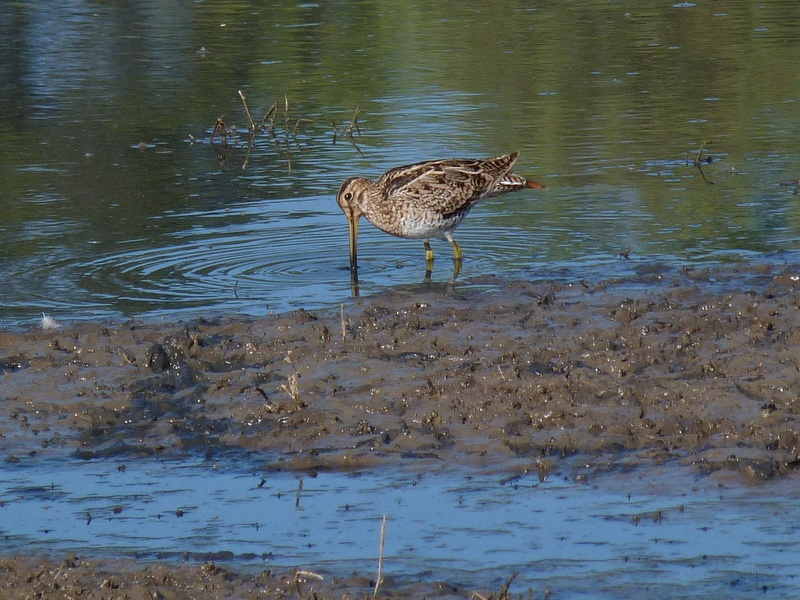
Latham’s Snipe is a migratory species that breeds in Japan and in far eastern Russia during the northern summer. Photo: Ian Fraser.
The migration itself is a remarkable feat of stamina and navigation. Most of the birds follow the East Asian Australasian Flyway, a route which partially follows the coastline of eastern Asia, using food-rich bays and deltas to fuel en route.
Others, especially larger waders, will just fly in a straight line over the ocean. They can’t land on the sea, so must fly non-stop for up to 10,000km to reach Australia.
In the days leading up to migration, a wader can double its weight to take on extra protein and energy. Most however, apparently including the snipe, follow the flyway and stop to feed at known sites. Unfortunately, to the extreme detriment of the birds, these sites are increasingly at risk of development for ports and factories.
As to how they find their way across the huge distance, including a lot of night flying, we still don’t know all the answers. However we know quite a lot now, and it seems certain that the birds can ‘read’ the earth’s magnetic fields to help find their way.
What we can’t know of course is what they are responding to. Is it like a pattern of glowing lines across the landscape to follow? Or is it like a scent which grows fainter as the bird veers off course? These are questions we’re not ever likely to be able to answer.
We also know birds navigate using the sun and stars, while allowing for the changes in the sky produced by flying south or north. Studies have shown some migratory birds need only a third of the sleep they require at other times, with no loss of alertness or competence in behavioural tests. (Wouldn’t that be a useful trick sometimes?!).
In addition, it seems larger long-lived birds apparently recognise and memorise landmarks – mountains, rivers, even cities.
The snipe at Jerrabomberra have been closely studied, via a team led by ANU PhD student Lori Gould.
One bird, identified by an orange leg tag, has apparently flown between Siberia or Japan and Jerrabomberra at least five times. Another suddenly flew to Nowra for a few days and then returned. All this is truly testament to some remarkable navigational skills.
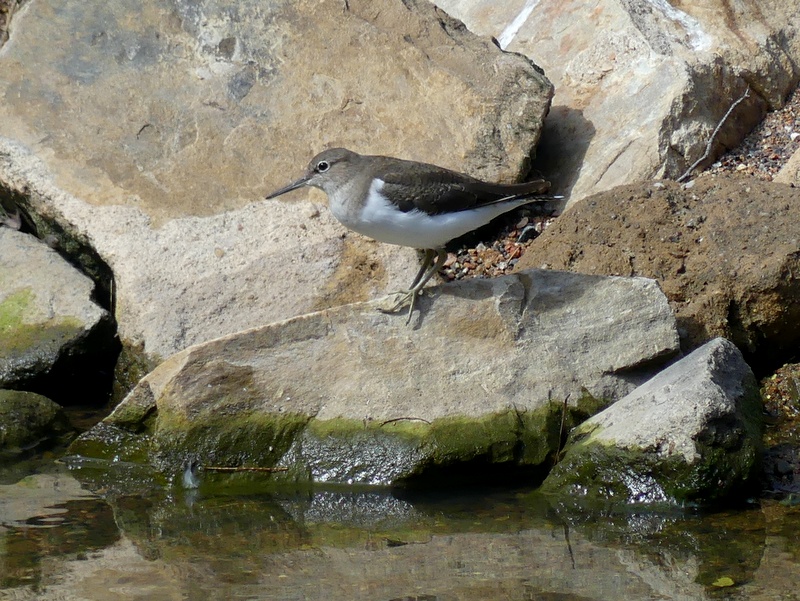
The Common Sandpiper at Lake Tuggeranong, a long way from its breeding grounds in Siberia. Photo: Ian Fraser.
But I want to mention another wader here too. For some years now, a single Common Sandpiper (it would be too much of a coincidence if it wasn’t the same bird) has turned up at Isabella Ponds, and more recently at Lake Tuggeranong, and spent summer here.
In fact for it, and the snipe, it’s always summer! Despite the name, this isn’t at all a common bird in Australia, especially in the south, so this is a special visitor. But why the same sites? What could they offer that other places don’t? It’s very mysterious and very wonderful.
But that’s the thing about nature – it is mysterious and it is wonderful. And it makes us think about something other than ourselves, which can only be a good thing.
Ian Fraser is a Canberra naturalist, conservationist and author. He has written on all aspects of natural history, advised the ACT Government on biodiversity and published multiple guides to the region’s flora and fauna.












